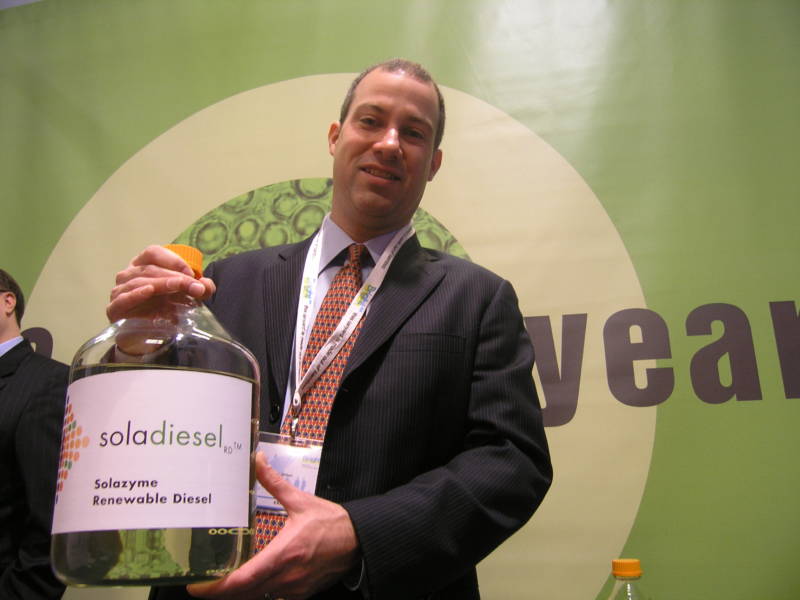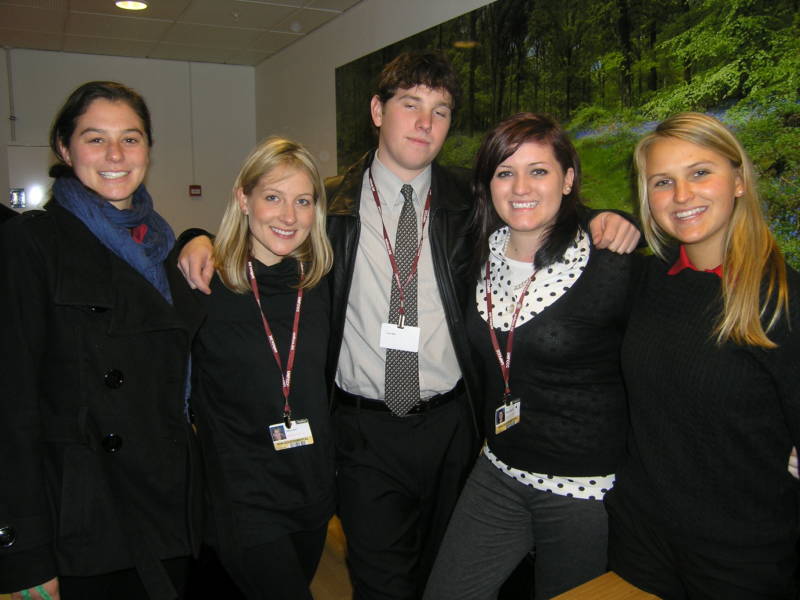
Harrison Dillon’s had a heck of a year. His company, South San Francisco-based Solazyme, recently won two federal contracts from the Departments of Defense and Energy, and secured almost a million dollars’ worth of state money (while the rest of us were getting IOUs for our tax returns). And just this week, after spending a week in Copenhagen spreading the word about Solazyme, Governor Arnold Schwarzenegger held up Dillon’s venture as an example of the California green dream. Not bad for a guy who, six years ago, started his company in his garage (yeah, that still happens).
Dillon works with algae. And not the type that forms on stagnant ponds. He grows it in a contained environment and has figured out how to use it to make crude oil. That oil is then used to make diesel fuel, which almost any automobile can run on. Since algae siphons carbon dioxide out of the air, there is virtually a net-zero greenhouse gas contribution to the environment. Dillon hopes to bring down the cost of fuel made from algae to less than $80 a barrel within the next two years.
This is just one of the innovative California companies that has attended the Copenhagen climate summit the past two weeks. There are many others. The Golden State leads the country in patents in green technology, and it’s likely it leads the country in the sheer number of representatives at this conference. California emits about the same volume of greenhouse gases as France, and, as is often touted by state leaders, if we were a country, we’d have the seventh largest economy in the world (Schwarzenegger said this in his speech; I’ve heard others say eighth. Suffice it to say our economy’s pretty big).
This week, I spent a snowy morning camped out in the coffee-scented breakfast room of the Scandic Webers Hotel, down the street from Copenhagen’s beautiful central train station. The cozy little inn is decorated with “Danish modern” furniture throughout, upon which the state’s most prominent business and political leaders sat, eating overcooked bacon and watery eggs.
The entire hotel was taken over by the California delegation: John Fielding, President of Southern California Edison, was having breakfast with Nancy Ryan, Policy Director of the California Public Utilities Commission. State Senator Fran Pavley joined them, with State Assemblywoman Nancy Skinner chiming in from another table. California EPA Secretary Linda Adams remained in her room, sick with the flu.
“This is my 12th COP (UN Conference of Parties),” Skinner told me. The Bay area assembly member had, in her “previous life,” been a national leader in the fight against global warming. She’d seen this process over and over but she’d never been to a COP that attracted this many people. This, she told me, was a perfect place for California to show the rest of the world what we’ve been up to: “We have to share. CA has an amazing story. Californians per capita pretty much have a flat level of electricity use since the 1970’s, whereas the rest of the US has grown by 50% per capita.” Skinner was on her way to an electric vehicle forum that day.

Other guests at “Hotel California” included a group of 24 students from UC Santa Barbara. They were led by Bob Wilkinson, a professor at the Bren School of Environmental Science. The students were thrilled to be a part of it all, and were talking about the sticking points in the negotiations as if they were the delegates, complete with UN lingo and acronyms. They also took a page from the playbook of Governor Arnold Schwarzenegger, who, the day before, offered to host a “subnational” conference in California. The students said they, too, were interested in hosting a local climate change conference on their campus, to share the expertise they garnered during their stay here. They’d already set a date for this April.
One thought on “Calpenhagen”
Comments are closed.

in the hotel of california we have a service of all the nigotions and delgates The Golden State leads the country in patents in green technology
Free California Service Listing